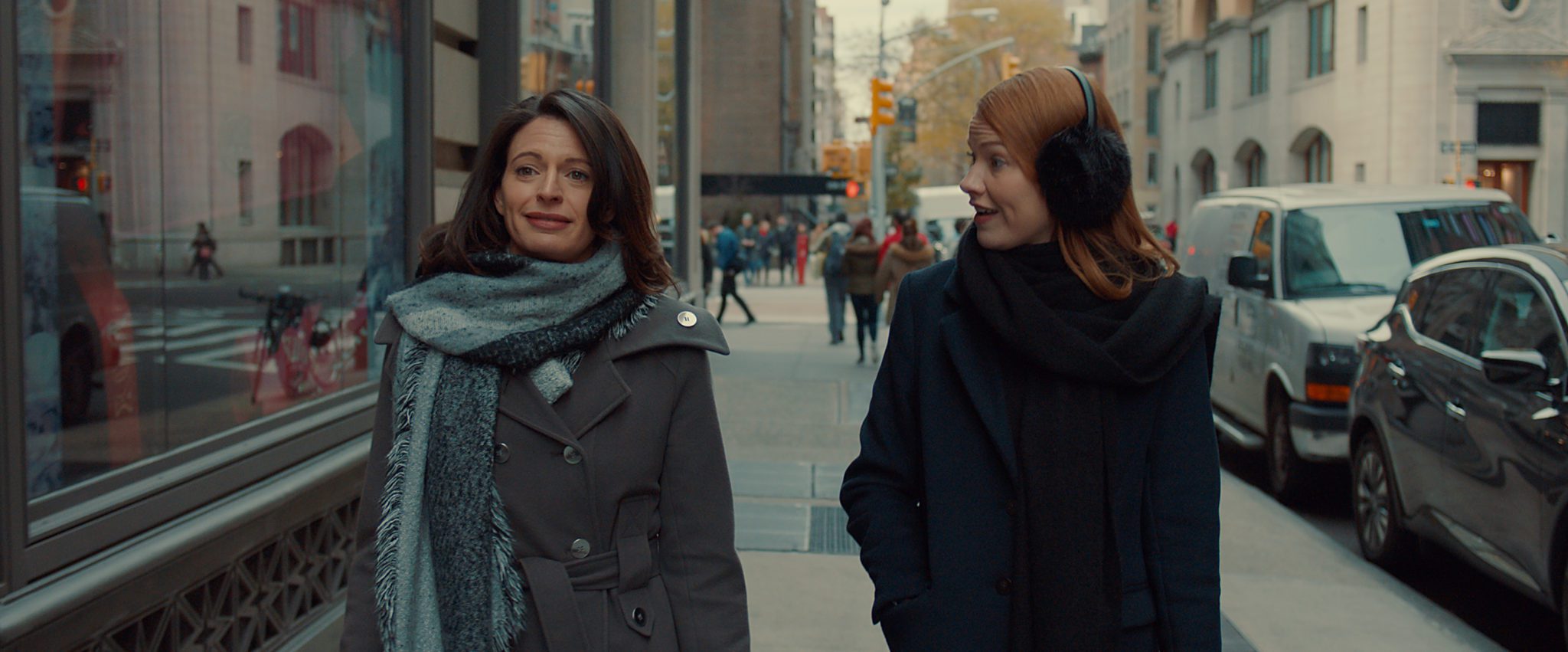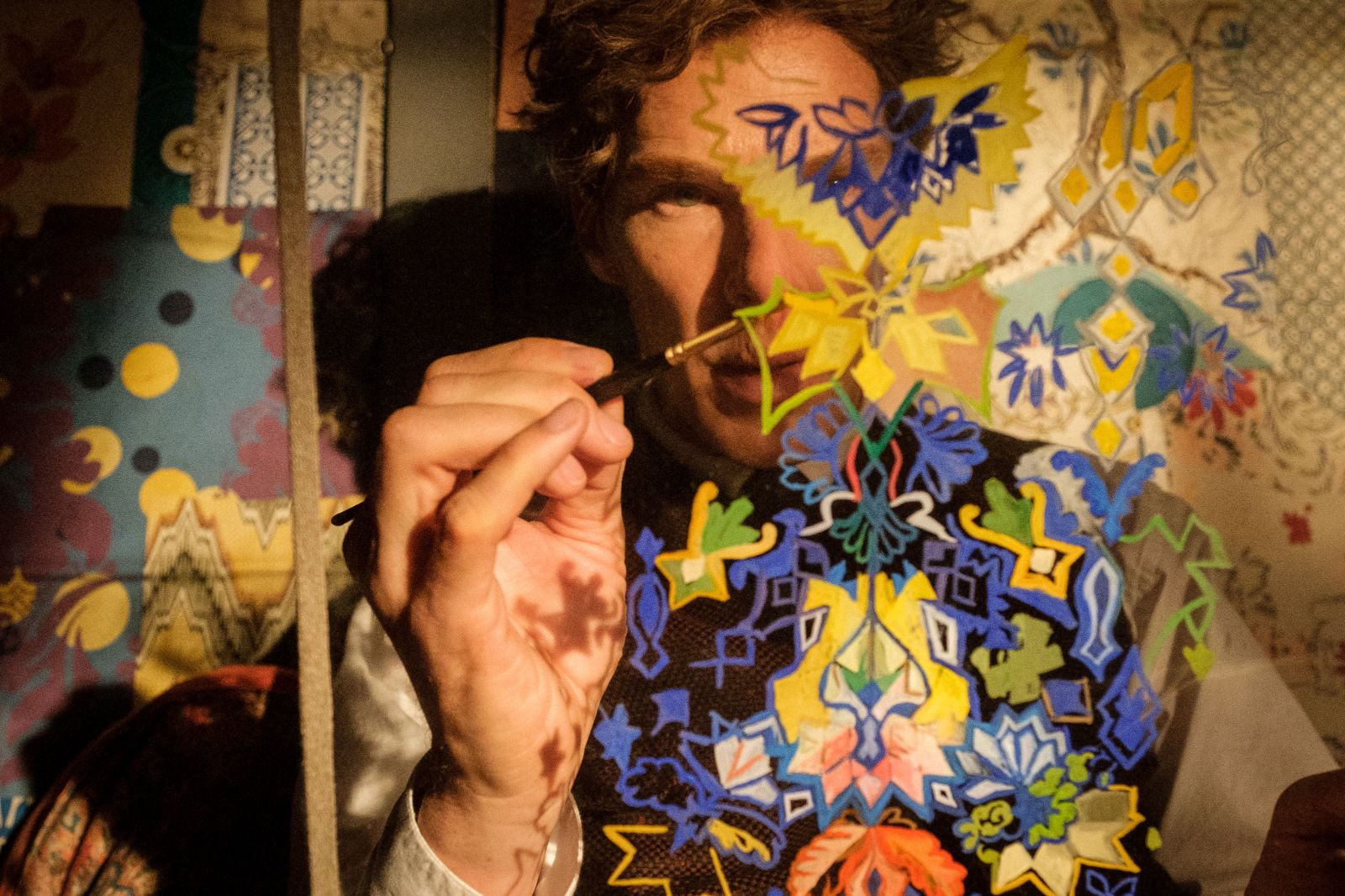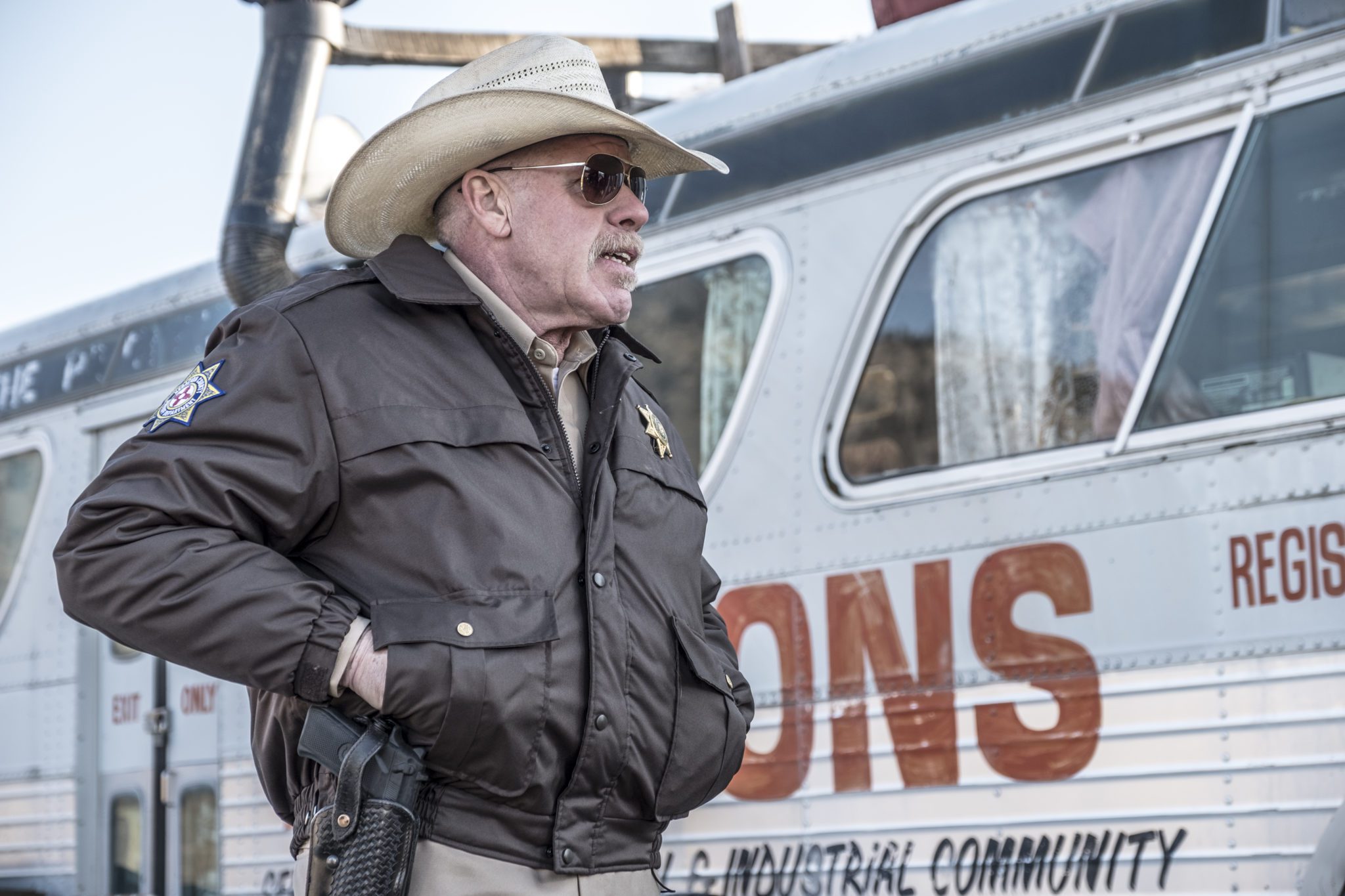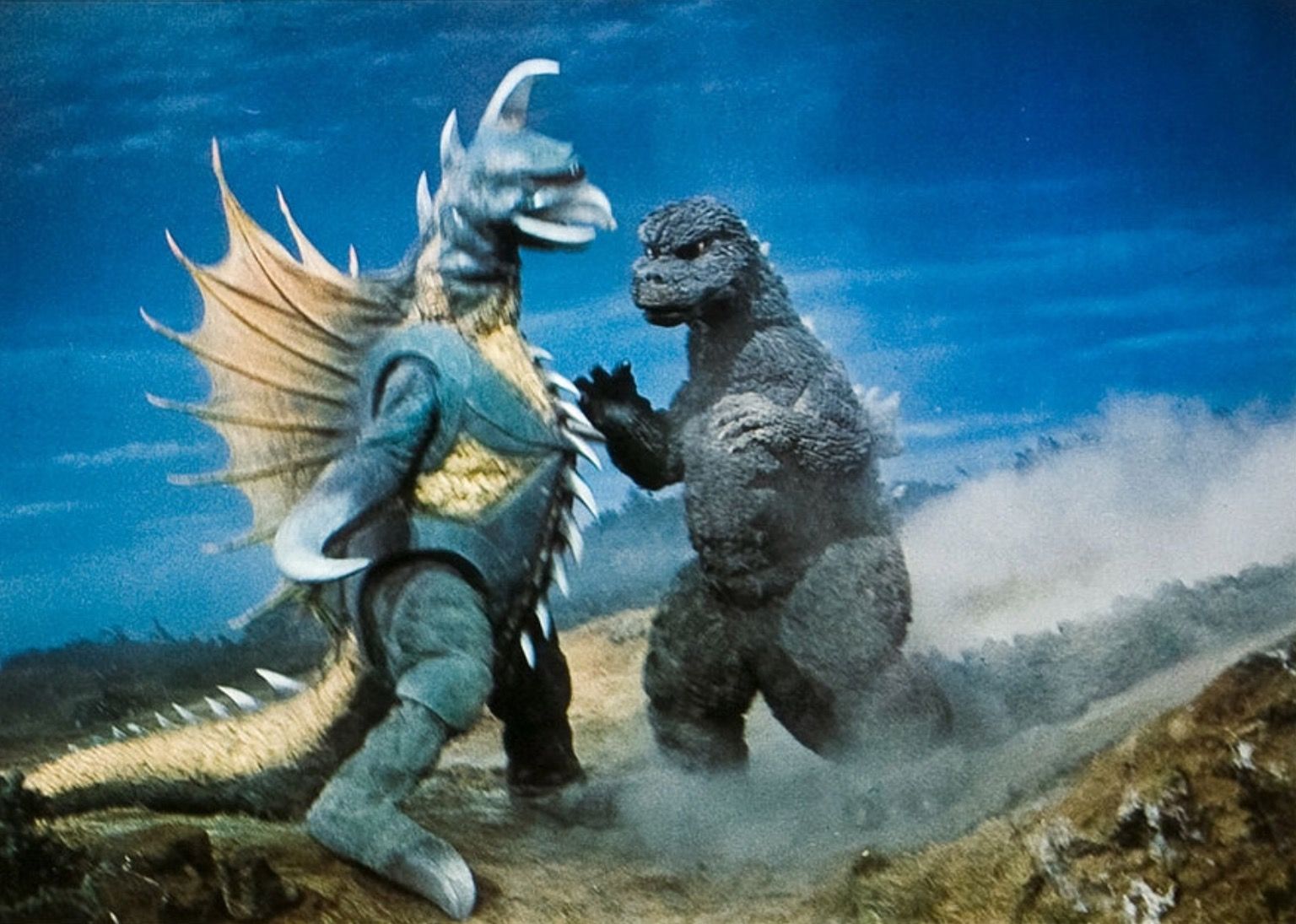
Manga artist Gengo Kotaka (Hiroshi Ishikawa) is having trouble getting work, so his girlfriend Tomoko Tomoe (Yuriko Hishimi) suggests that he apply at World Children?s Land, a theme park that is under construction.??World Children?s Land is to be monster-themed, and the company wants to use Gengo?s monster ideas.
Gengo gets the job but, while walking to work one day, a woman fleeing from the building bumps into him.??She drops a tape, but gets up and runs away without coming back for it.??The woman, Machiko Shima (Tomoko Umeda), and her friend Shosako Kosugi (Minoru Takashima) find Gengo on his way home from work and tell him they are investigating World Children?s Land because her brother, Takashi Shima (Kunio Murai), went missing while working there.??They listen to the tape, but it is just strange beeping sounds.
After some sleuthing around, they discover that the people running World Children?s Land are cockroach aliens from M Space Hunter Nebula and are holding Takashi Shima captive. The M Space Hunter Nebula aliens intend to conquer the Earth using the monsters King Ghidorah and Gigan as weapons against humanity. The invasion begins, with Gigan and Ghidorah destroying a large part of Tokyo. Soon, Godzilla and Anguirus arrive in Tokyo and a tag-team battle between the monsters begins to decide the fate of the world.
With the turbulence in the Japanese film industry continuing, the impact on the Godzilla series was becoming more evident. Godzilla?s outings were getting sillier and the tighting budgets were having an obvious impact on the quality of the films. Godzilla vs. Gigan makes use of a lot of stock footage from Toho?s previous giant monster movies. Likewise, almost the entire score consists of recycled music written by Akira Ifukube for Toho?s earlier monster films and the Mitsubishi Pavilion at Expo ?70, which was held in Osaka. The only new composition for the film is the ?Godzilla March?, a song that plays as the film wraps up.
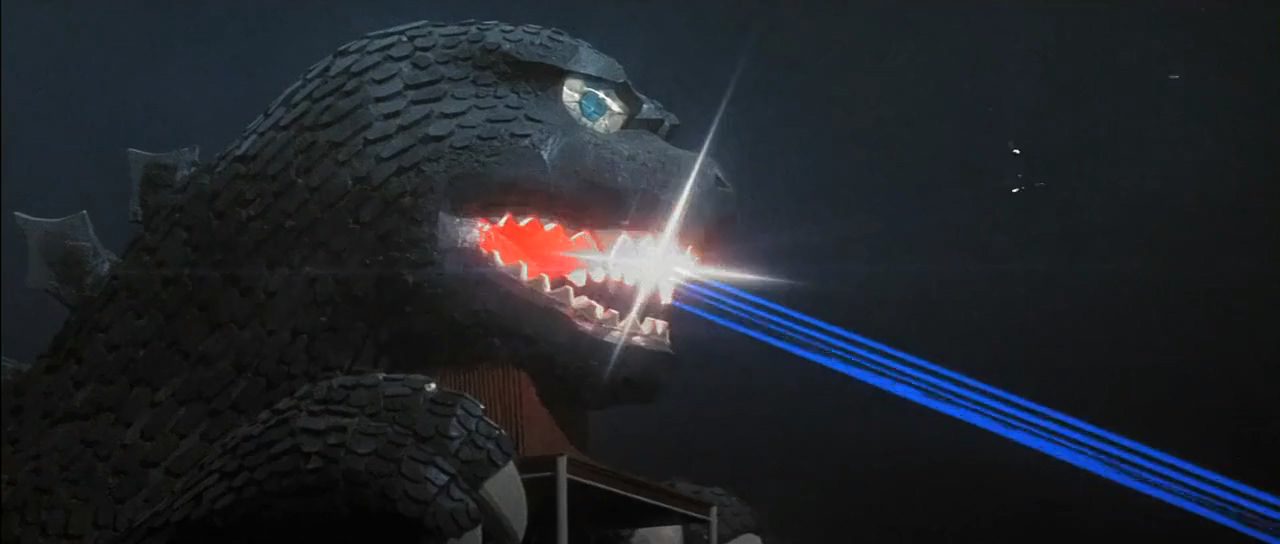
The main Godzilla suit used in the film is the one made for Destroy All Monsters (1968) and, after having been the primary Godzilla suit in three previous films, it is showing serious signs of wear and tear. Thankfully a new Godzilla suit would be built for Godzilla vs. Megalon (1973) and it would star in the final three Godzilla films of the 1970s.
Sadly, Godzilla vs. Gigan would be Haruo Nakajima?s final performance as Godzilla. Nakajima had been playing the character and other Toho monsters, such as Baragon and Gaira, since 1954. The man in the Gigan suit opposite Nakajima, Kenpachiro Satsuma (credited as Kengo Nakayama), would take up the role as the main Godzilla actor from The Return of Godzilla (1984) to Godzilla vs. Destoroyah (1995).
Like Godzilla vs. Hedorah (1971), there is an environmental message to this film, but it?s pretty minimal. The cockroach aliens tell our main characters that they come from a planet that was once like Earth, but the dominant species destroyed it with pollution. They then say Earth is heading toward the same fate. There is also a jab thrown at humanity as a whole when the aliens say humans make great ?receptacles? to hide their true cockroach form within.
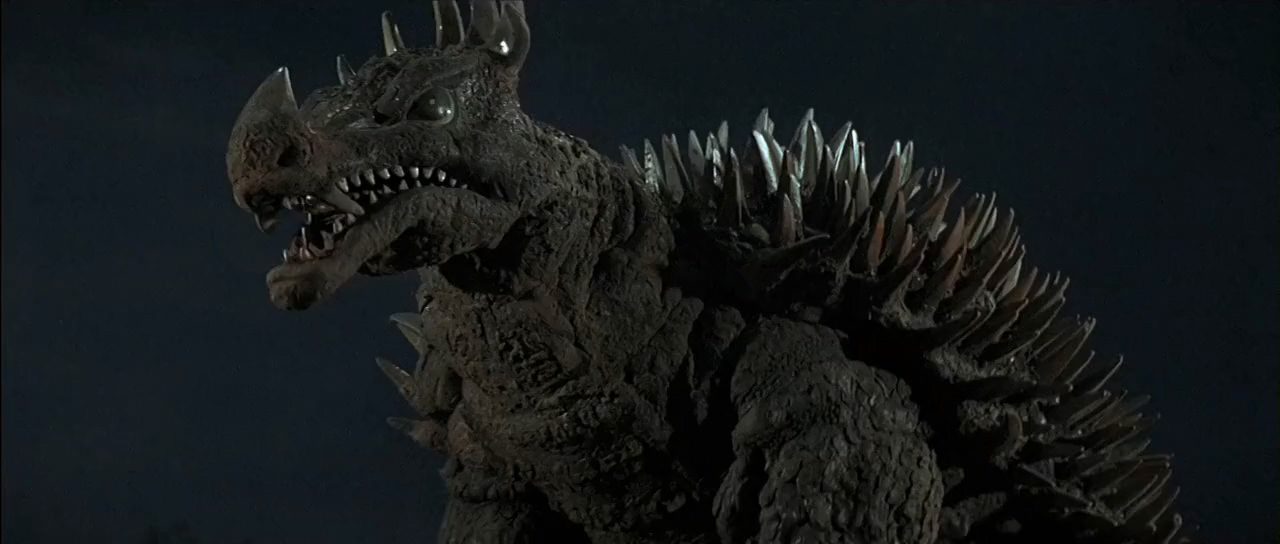
Despite the silly plot, Godzilla vs. Gigan is very enjoyable if you are able to turn your brain off and let it do the driving. For the first time there is major monster gore in a Godzilla movie. Gigan uses his stomach implanted buzz saw to cut Godzilla?s arm and Anguirus? face, and also bashes Godzilla?s forehead in with his sickle arm. Also, the monster action takes off at around the 49 minute mark, just a little over halfway through the film, and doesn?t let up for very long until the movie ends.
Cinema Shares released Godzilla vs. Gigan theatrically in North America in 1977 as Godzilla on Monster Island. For this release, Cinema Shares just used the Toho provided dub recorded in Hong Kong and cut a swear word from a line of dialogue. It also seems some monster gore was cut from the theatrical release as well, though details on how extensively the film was edited are hard to come by.
In 2004, Columbia TriStar Home Entertainment released Toho?s international version of Godzilla vs Gigan on DVD. This version had the onscreen titles changed to English, and viewers could choose to watch it with the original Japanese audio or Toho?s English dub. The international version with the same two audio options was released on DVD and Blu-ray by Kraken Releasing in 2014. Both the Columbia TriStar Home Entertainment and Kraken Releasing releases are out of print. Only the original Japanese version of Godzilla vs. Gigan is currently available, and it is as part of The Criterion Collection?s Godzilla: The Showa-Era Films, 1954-1975 Blu-ray set featuring the first 15 Godzilla movies.

